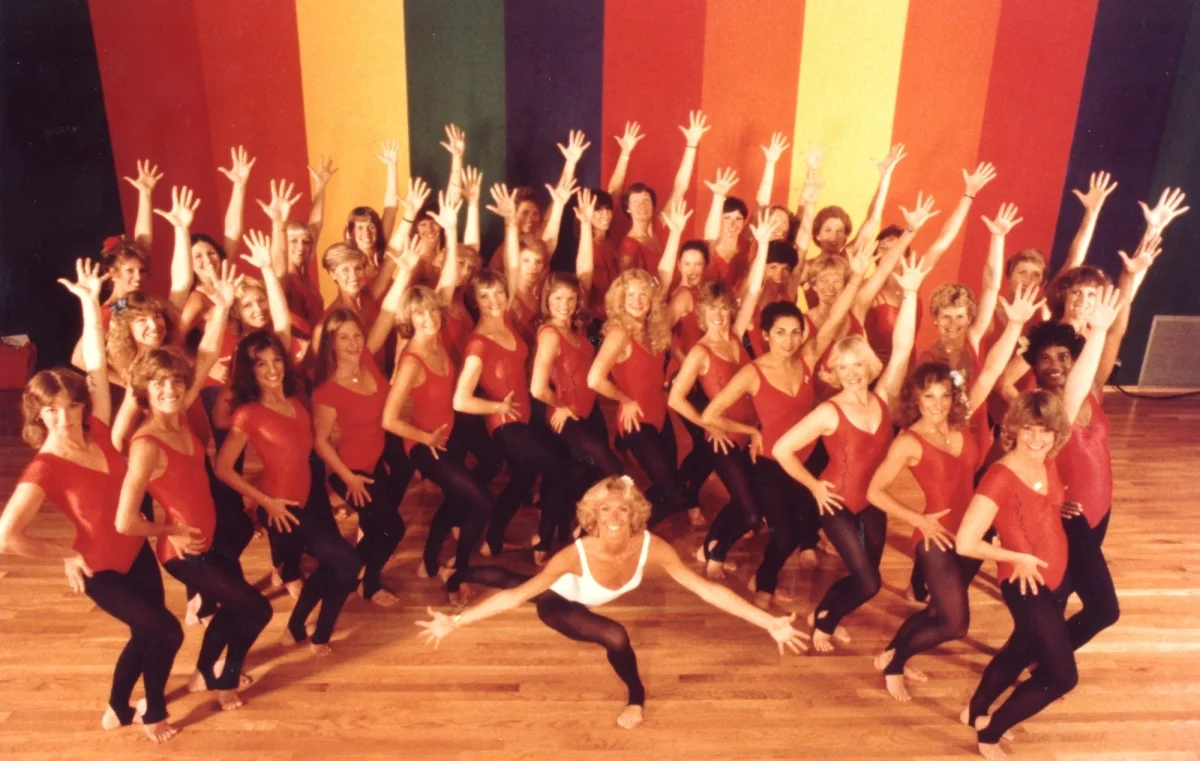
Exercise is a major part of many people’s daily lives, tailoring their workout to personal preference or figuring out what regime will allow them to see the best results. We’re here to take a look at how exercise has changed through the decades, what exercises proved impactful and how normal activity levels on a day to day basis have changed overtime.
Journeying back to the 1940s “Edelweiss Patterns” informs that audience that exercise for women at that time was mainly kept to simple stretch routines and small aerobic activities like jumping jacks were something that men participated in, gaining popular as the army used this exercise to improve their poor physical health of men in the army.
Although considering the time period it is important to keep in mind that people generally lived a more active lifestyle out of necessity, many children would walk to school instead of riding in a car and as for the modern housewife Edelweiss Magazine states “Mrs. 1950s Housewife” also burned a large number of calories doing her housework. In 1955, it was estimated that, “The average American woman takes about 15,000 steps every day just keeping house…”.
The 1950s is when the vibrating belt machine first hit the stores in the U.S. now this machine worked like so: Someone would stand in the machine and wrap the belt around their waist and as the machine was turned on it was suppose to “shake your fat away” and while this device was popular ultimately it was proven ineffective because the idea that using vibration to remove body fat was not back by any scientific evidence and the vibration could not break down fat and start to tone muscles.
Commercialized exercise regimes picked up momentum in the 1970s and really hit their stride into the 1980s. “Jazzercise” that fitness routine that was started by Judi Sheppard Missett in 1969 that was incredibly popular for women to partake in, Sheppard a former dancer herself began the franchise as a 25 year old in Evanston, Illinois and is actually a native from Red Oak, Iowa herself. Her first few classes as “Jazz dance for Adult Beginners” were unsuccessful as many of her student were stay at home moms would didn’t stick with the class telling Missett that the class was being taught like they were actually training to become professional dancers when they didn’t want that, they just wanted to achieve the same psyche as professional dancers.
She revamped her classes and created the trademarked term “Jazzercise” they classes taught simple jazz routines that were set to Top Forty Hits, the class sizes rapidly grew over time and Jazzercise boomed into a national franchise through the 1980s, and bringing in $73 million dollars in revenue in 2021.
But again this was a popular fitness trend for women, let’s take a look at what men were doing at this time for physical fitness, in the early 1970s there were gyms and health clubs, but just very few because they hadn’t quite boomed in popularity yet. Men participated in activities such as jogging, calisthenics, but what really took off starting in the 70s was bodybuilding. Bodybuilding at first was a not very popular hobby that some people took part in but it really came into the mainstream media with the release of the document “Pumping Iron” in 1977, introducing the world to Arnold Schwarzenegger , also featuring famous bodybuilders Franco Columbu and Lou Ferrigno. The film followed the last 100 days leading up to the Mr Olympia and Mr Universe competitions in 1975. After this film bodybuilding becomes less of an absurd hobby and more of an exercise routine that men start to participate in as well as just regular strength training, rushing in the era of gym culture taking off in popularity.
While exercise and fitness regimes became popular overtime, fitness in the school environment was also changing.
(Still going to add info from gym teachers about how their curriculum has changed, and how people’s daily activity levels have changed)
Outside of the classroom it is no surprise that while technology has become more popular people’s daily activity level has decreased. The National Institutes of Health states “Over the last 50 years in the U.S. we estimate that daily occupation-related energy expenditure has decreased by more than 100 calories, and this reduction in energy expenditure accounts for a significant portion of the increase in mean U.S. body weights for women and men” Some of this change in the business world of daily activity could be attributed to the increase of machines being used for many jobs, that eliminates the need for man made work, and has transformed jobs from manual labor to sedentary work.
